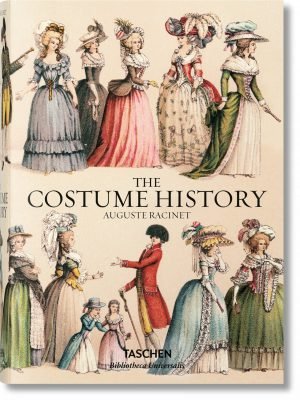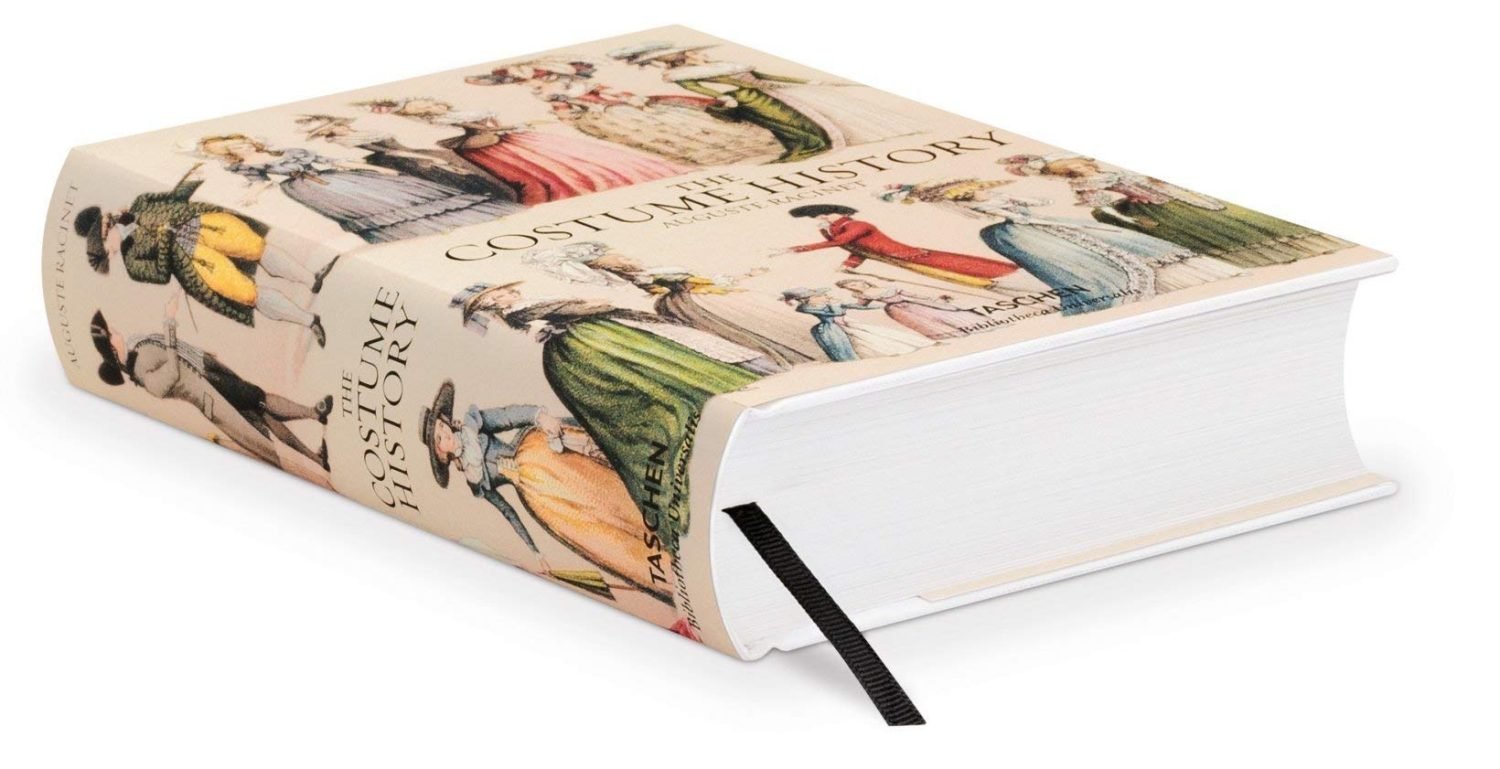Margaret was the daughter of Christian I, King of Denmark and Dorothea of Brandenburg.
Tag: Burgundian fashion period
Burgundian fashion period between 1350-1500. In the 15th Century the Duchy of Burgundy was the leader in the European fashion. Characteristic of the Burgundian women’s fashion at the end of the Middle Ages, as part of the epoch of Gothic, was the very form-fitting clothes, with long trailing skirt and tight laced bodice. The waist ended under the deep cutout, which was bordered by a belt. The head covering for women is an acute or obtuse cone, from which a long veil called Flinder hangs down. Under the term hennin, evolved in a short time a number of different forms and variations. The medieval toed shoes were long and the clothes were playful and detailed. Men decorated their clothes with many small clamps, sleeves were decorated with small piece of cloth, called Zaddeln. Known from the Middle Ages Mi-parti, took on a new bloom. In this case the clothes got two different colors. Hairline and eyebrows were plucked to achieve a high forehead. The white, flawless skin was a sign of beauty.
Dame de qualite costume of the court of Charles VII 15th century.
Noble lady with superb head-dress, bordered with fleurs-de-lys, is worthy of the court of one of the most gallant of the French princes.
Female fashion silhouettes of the Middle Ages. 11th to the 15th Century.
This period from 1300 to 1500 was full of the eccentricities of extreme fashion.
Austria. The Order of The Golden Fleece. The insignia of the Order.
The costume of the Knights. Decorations. The principal provisions. The insignia of the Order.
Ornamentation of hangings and stuffs. Embroidery and designs for inlaying. Middle ages.
Polychromatic ornament by Auguste Racinet. THIS plate contains twenty-two examples of the ornamentation of hangings and stuffs, all of them remarkable for simplicity of design.
Cotehardie, Houppelande and Hennin. Fashion of the late 14th century.
The two people in this plate lived very late in the 14th Century and were probably young fashionables who were up to the minute in their styles.
Cotehardie and houpelande in the 15th century. Middle Ages.
The cotehardie has adopted its main characteristics from the houppelande. The doublet or gipon. Fashion history. Burgundy 15th century.
Portrait of Margaret of York. The lady with the hennin.
French school, second half of the 15th century.
Portrait of Margaret of York (1446 – 1503), wife of Charles the Bold. The lady with the hennin.
A princely gathering. Middle Ages France 14th and 15th century.
A doctor of rights. Women’s costumes. A princely gathering. At that time, people looked less at wealth than at the number of costumes.
Odette de Champdivers called La Petite Reine and Charles VI.
In the days of the Capetian Kings. Odette de Champdivers called La Petite Reine, was mistress of the mad French king Charles VI.

Auguste Racinet. The Costume History by Françoise Tétart-Vittu.
Racinet's Costume History is an invaluable reference for students, designers, artists, illustrators, and historians; and a rich source of inspiration for anyone with an interest in clothing and style. Originally published in France between 1876 and 1888, Auguste Racinet’s Le Costume historique was in its day the most wide-ranging and incisive study of clothing ever attempted.
Covering the world history of costume, dress, and style from antiquity through to the end of the 19th century, the six volume work remains completely unique in its scope and detail. “Some books just scream out to be bought; this is one of them.” ― Vogue.com











